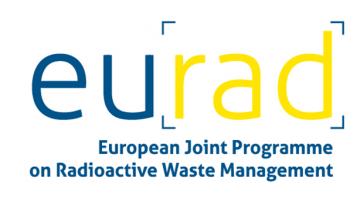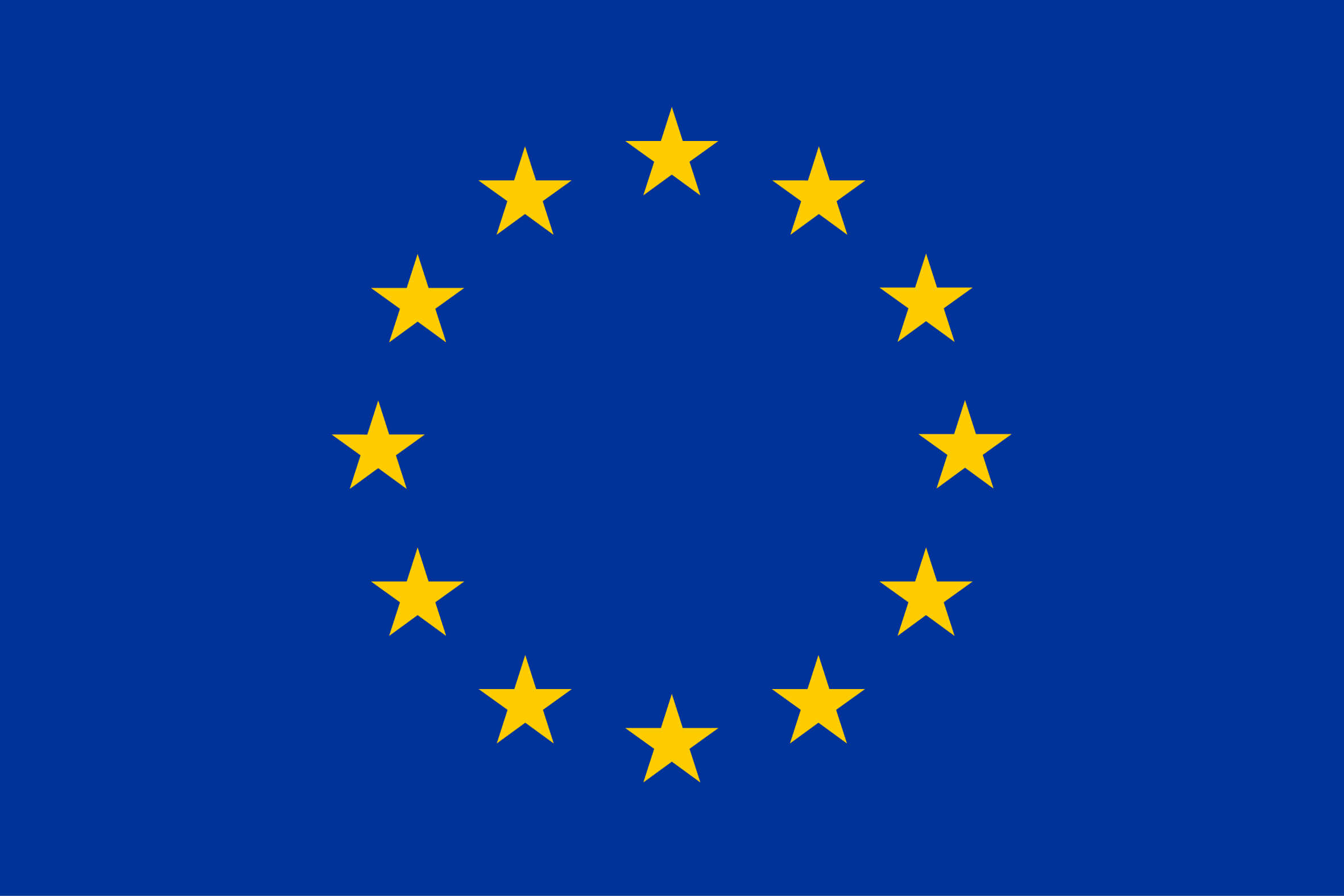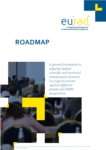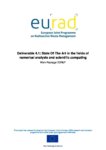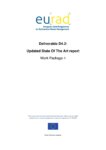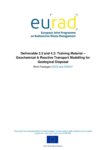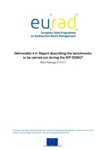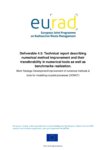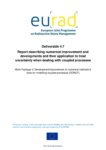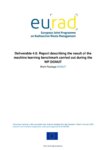DONUT: Development and improvement of numerical methods and tools for modelling coupled processes (EURAD WP)
DONUT was an RD&D Work Package (WP) within EURAD. It aimed to improve understanding of the upscaling THMC modelling for coupled hydro-mechanical-chemical processes in time and space.
Overview
The DONUT WP was selected for inclusion in the first phase of EURAD as it addressed the following activities, which are identified as having a high or medium relevance to Theme 7 “Performance assessment, safety case development and safety analyses” of the EURAD Roadmap:
- Improved understanding of the upscaling of THMC modelling for coupled hydromechanical-chemical processes in time and space (Phase 1 of the Roadmap).
- Improved understanding and models for the impact of THMC on the behaviour of the host rock and the buffer materials (Phase 2 of the Roadmap).
- Improved multi-scale reactive transport models (Phase 2 of the Roadmap)
- Improved performance assessment tools (Phases 0 and 1 of the Roadmap).
- Further refinement of methods to make sensitivity and uncertainty analyses (Phases 2 and 3 of the Roadmap)
- Improved computing (Phases 3 and 4 of the Roadmap).
Furthermore, by improving the numerical methods and tools that are able to manage multi-physicals coupled processes, the work conducted in this WP helped achieve a better description of site evolution and design optimisation, both of which can be applied to deep geological and near surface radioactive waste disposal. Finally, by providing efficient numerical means for analysis, DONUT contributed to abstraction of the safety case (quantification of safety margins, detailed assessment of safety functions allocated to components, etc.).
Objective
This WP developed and improved specific numerical methods and tools that allow efficient modelling coupled processes, considering (i) the versatility of numerical methods with regards to the various tools used by “end-users”; and (ii) a demonstration of robustness and added-value of developments compared to the benchmark of the methods and tools employed in representative test cases conducted at the repository-scale (in space and time).
Closing words from WP Leader
DONUT is now finished. Most of the gathered results have been published in scientific journals and therefore they have been peer-reviewed. However scientific publications, although they are in open access, might not provide an easy access to the relevant information usable for end-users and demonstrate that our understanding and our technical capabilities have increased during the project. This is why we have decided to add in each partner’s contribution a significance statement in the final deliverables of DONUT. This part is a non-technical written explanation of why the research or development described in the contribution is important and why the work matters. In addition, an important outcome is to make the developed tools and codes accessible for the end users. Where to access the developed code and/or tool will also being specified in the deliverable. As detailed at the final EC review or at the final EURAD event DONUT answer to high level objectives regarding radioactive waste management implementation needs and safety. The work carried out in DONUT also contribute to WP15 DITOCO: Next generation Digital Twins to support Optimisation, Construction and Operation of surface and subsurface radioactive waste management facilities and WP18 HERMES: High fidElity numeRical siMulations of strongly coupled processes for rEpository syStems and design optimisation with physical models and machine learning. Last but not least, don’t forget that even the most powerful models need to be questioned in their use, and are not a magic answer to all your questions. They support the description of a phenomenology, underpin reasoning and support discussion, but they can never replace common sense! Lord Kelvin’s quotation “I have no satisfaction in formulas unless I feel their numerical magnitude.” is still relevant today.

